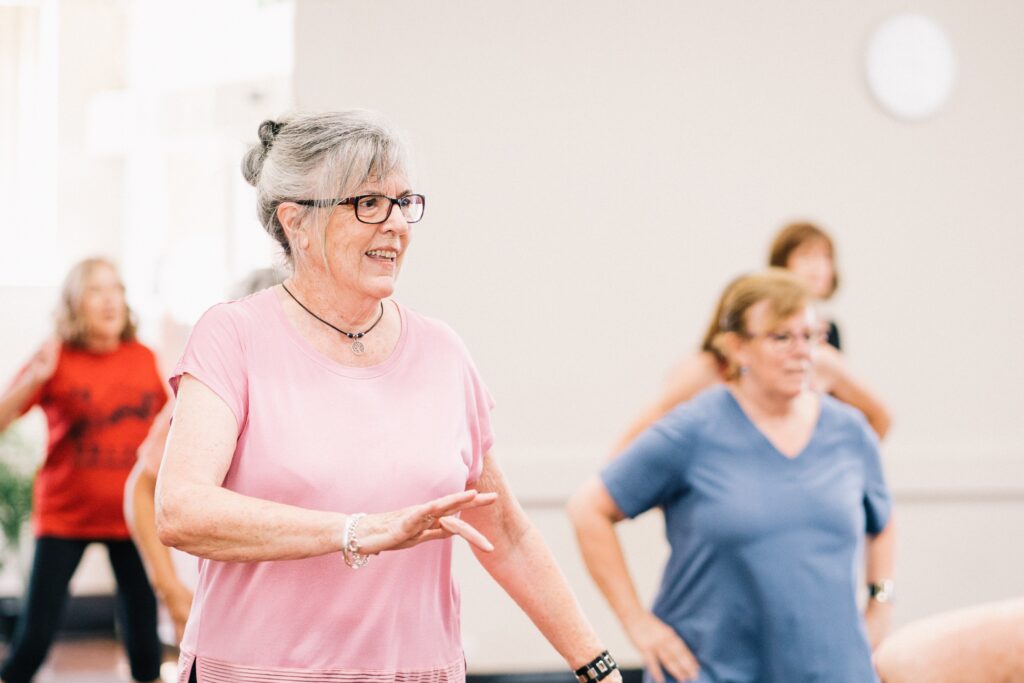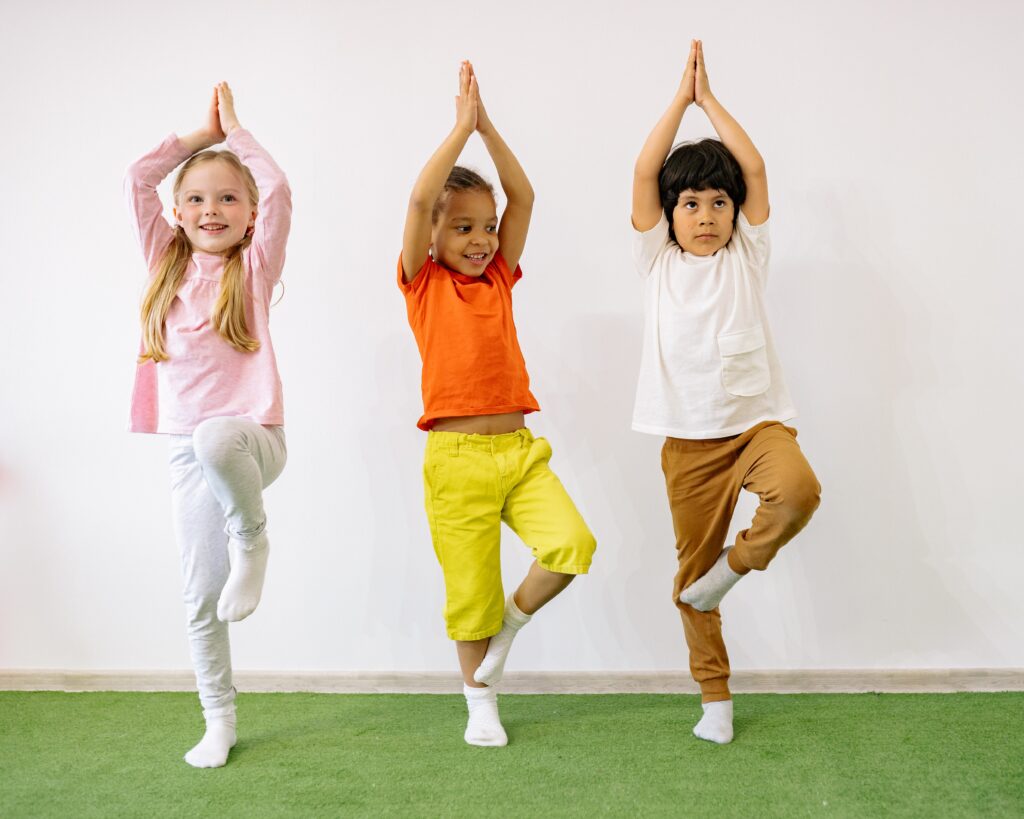Benefits of Exercise
Benefits of Exercise following an Injury
Research shows that gentle movement and exercise of the injured part should be started as soon as possible following an injury.
Exercise will help to decrease pain, restore the full range of movement, help the injured part regain full strength, and recover the endurance of the muscles, which may have been affected by the injury.
Balance exercises are also important to restore control of the limb. Early intervention of exercise speeds up the recovery of musculoskeletal disorders as well as following orthopaedic surgery.


Exercise and Brain Injury Recovery
Studies show that exercise following a traumatic brain injury can help to improve balance, posture, reaction and movement times, as well as improve cognitive function (including information processing, attention, memory, and learning). As a result, individuals suffering with brain injuries may be more equipped to adapt to their environments and carry out the activities of daily living.
Age and Exercise
Children are typically becoming less active these days, however the importance of exercise with children is well known. Weight bearing exercise up until the mid-20’s builds bone density, which will prevent osteoporosis and fractures later in life. Encouraging children to exercise also instills healthy lifestyle routines that can be carried on throughout their lives. As we get older, we experience decreases in muscle bulk and strength. Weight bearing exercise can help to maintain bone density later in life.

Exercise Therapy Can Assist With:
- Injury Prevention
- Soft tissue and Musculoskeletal Injuries (acute and chronic)
- Recovery following surgery
- Arthritis
- Post stroke
- Recovery from Brain Injury
- Depression and Anxiety Disorders
- Improving and maintaining cardiovascular health
- Improving and maintaining muscular strength, muscular endurance, and flexibility
- Improving overall health and wellness
- Reducing or maintaining body weight
- Controlling Blood Sugar (helpful for diabetics)
- Sport Specific Training
